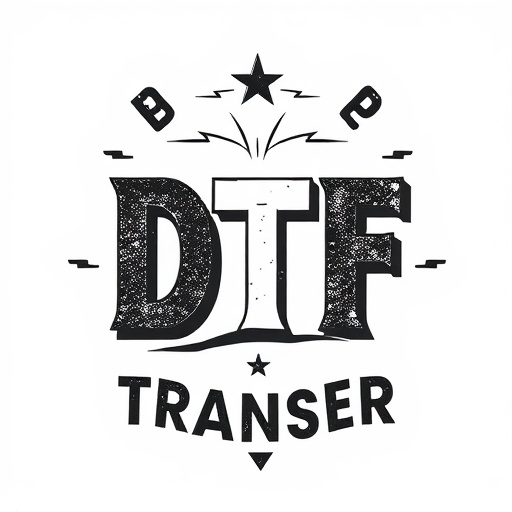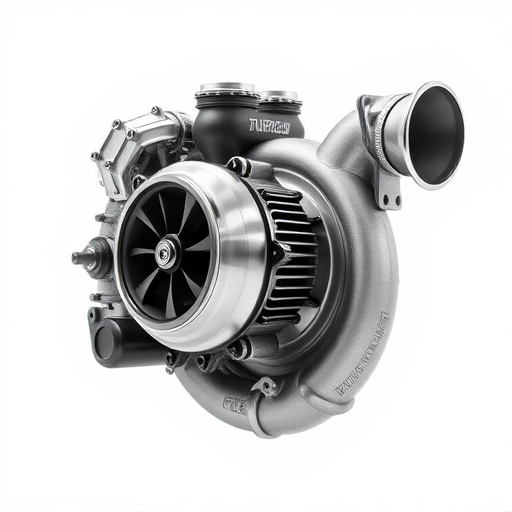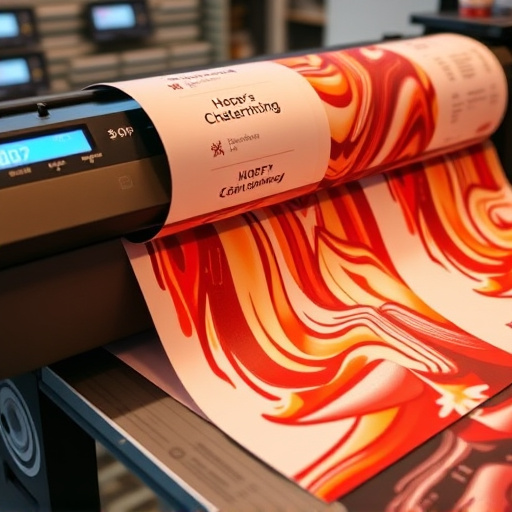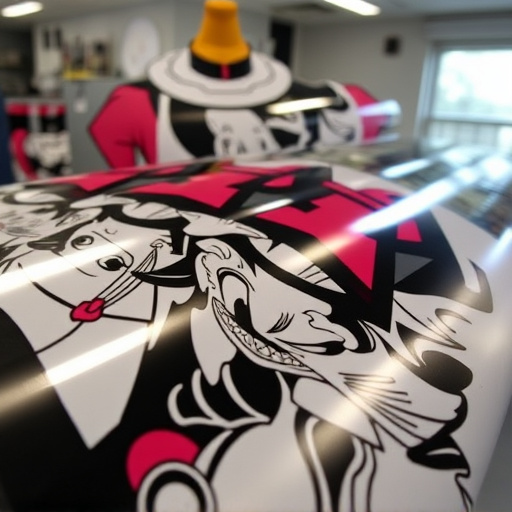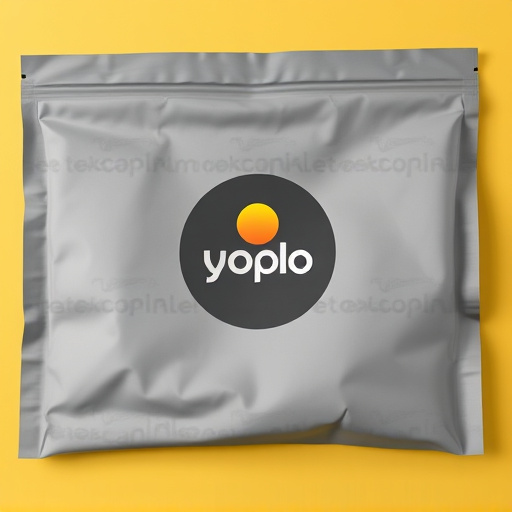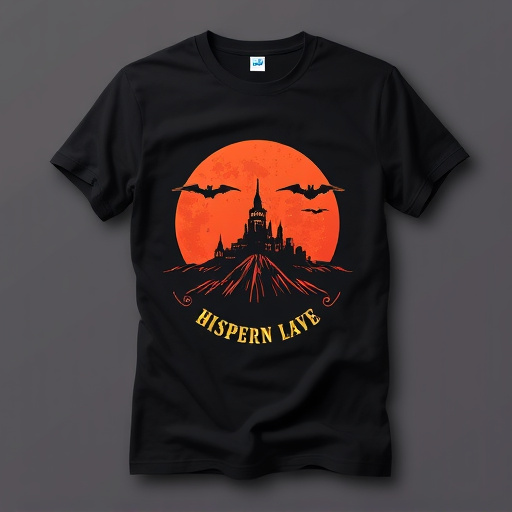Dynamic DTF Market Trends drive streetwear growth by enabling on-demand customization and unique designs via direct-to-garment printing. Social media influencers popularize this trend globally, fostering a culture of self-expression. While innovation attracts younger audiences, brands face challenges in trend prediction, sustainability, and pricing to thrive in this competitive sector.
The dynamic DTF market trends are ushering in a new era of growth for the streetwear sector. Driven by evolving consumer demand, this segment is experiencing a boom, challenging traditional fashion norms. This article delves into the key drivers behind this surge, examining market dynamics and exploring both opportunities and challenges that lie ahead. Get ready to navigate the pulsating streetwear landscape as we uncover the latest DTF market trends shaping the industry’s future.
- DTF Trends: Consumer Demand Drives Streetwear Boom
- Key Drivers Shaping Streetwear Sector's Growth
- Market Dynamics: Opportunities and Challenges Ahead
DTF Trends: Consumer Demand Drives Streetwear Boom
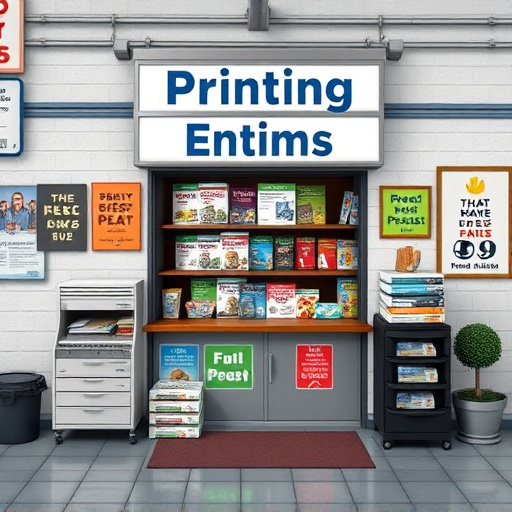
The dynamic nature of DTF Market Trends has significantly boosted the streetwear industry, with consumer demand leading the charge. In recent years, the rise of direct-to-garment (DTF) printing technologies has revolutionized the way designers and retailers approach apparel production. This innovative process allows for on-demand customization, enabling brands to offer unique, limited-edition pieces that cater directly to individual customer preferences.
The allure of DTF for t-shirts lies in its ability to reproduce intricate heat-transfer designs with remarkable precision onto a variety of fabrics. Custom sheets for heat pressing these designs further enhance the versatility and appeal, allowing for endless creative possibilities. This trend has not only democratized fashion, making high-quality streetwear more accessible but also fostered a culture of self-expression where consumers actively participate in shaping the latest looks.
Key Drivers Shaping Streetwear Sector's Growth

The streetwear sector is experiencing a surge in growth, and several key drivers are shaping this dynamic trend. One of the primary factors is the ever-evolving DTF Market Trends, which offer unique opportunities for brands to express their creativity. The use of DTF transfer sheets allows for intricate and detailed designs to be easily applied to a variety of garments, making custom t-shirts an accessible option for both designers and consumers alike. This technology, coupled with the demand for personalized and expressive fashion, has led to a boom in custom sheet production for heat pressing designs onto garments.
Additionally, the rise of social media platforms has played a pivotal role in popularizing streetwear trends globally. Influencers and fashion enthusiasts are now able to showcase their unique styles, often featuring custom t shirts adorned with one-of-a-kind artwork. This digital exposure has ignited a fire within the industry, fostering a culture that embraces individuality and self-expression through apparel. As a result, brands are investing in innovative production methods and collaborations to capture the attention of this dynamic consumer base.
Market Dynamics: Opportunities and Challenges Ahead
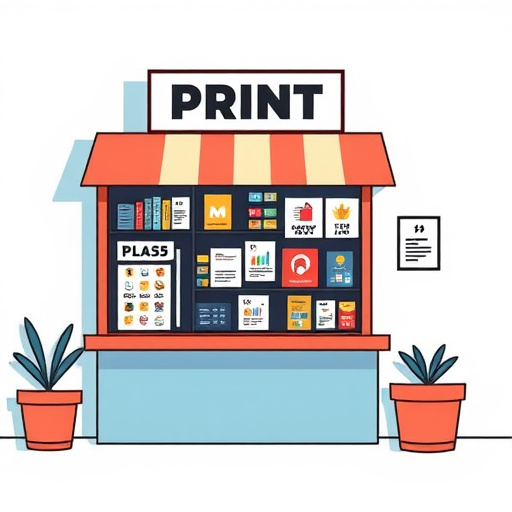
The dynamic nature of streetwear fashion is perfectly reflected in the current DTF Market Trends, presenting both opportunities and challenges for industry players. With increasing consumer demand for unique, limited-edition pieces, and a growing preference for personalized apparel, the market is witnessing a surge in innovative printing techniques, including DTF heat transfer paper. This technology allows for intricate designs and fast production times, catering to the need for quick trend adaptation.
DTF for Apparel and dtf printing for t-shirts are at the forefront of this revolution, offering brands an efficient way to create bold, eye-catching styles that resonate with younger audiences. However, navigating this evolving landscape also poses challenges, such as staying ahead of ever-changing trends, ensuring sustainable production processes, and maintaining competitive pricing while delivering high-quality products. Brand strategists must adapt to these dynamics, leveraging market insights to capitalize on emerging opportunities and navigate the complexities of the streetwear sector.
The dynamic nature of DTF market trends highlights a thriving streetwear sector, fueled by evolving consumer preferences. Key drivers like unique fashion expressions, online accessibility, and collaboration culture continue to shape its growth. Despite market challenges, the industry’s potential is evident, offering exciting opportunities for both established brands and new entrants to capture a significant share in this fast-paced, ever-changing landscape.


